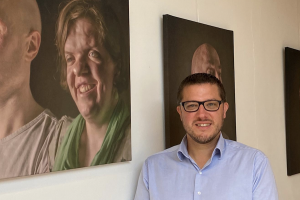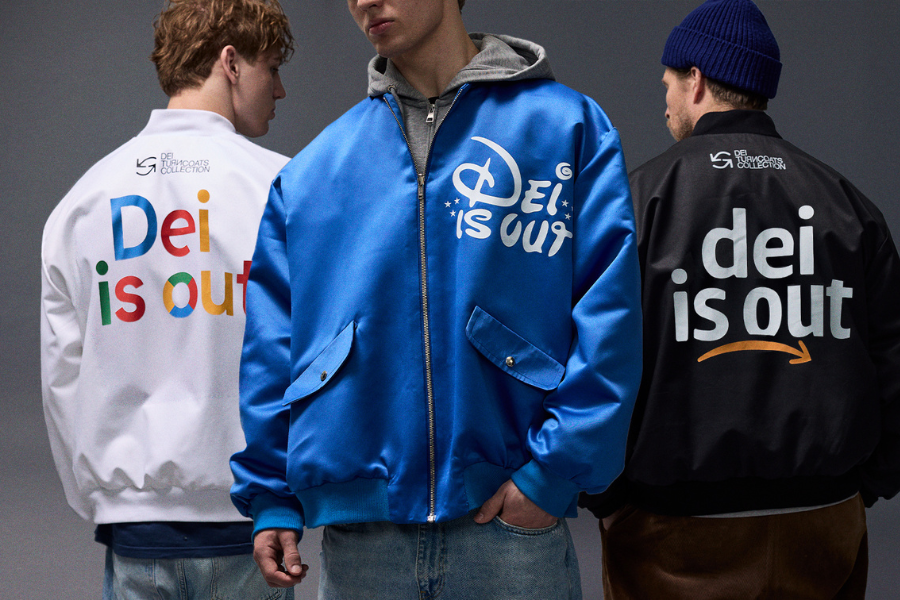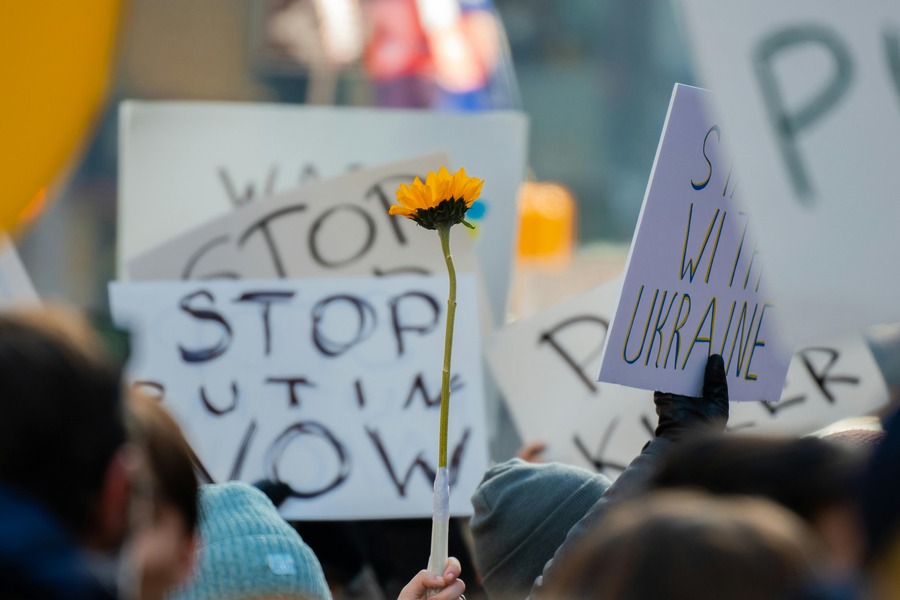
EU High Value Datasets: What do they mean for the philanthropic sector?
October 7, 2020
Jean-Paul Kogan-Recoing: Building a crisis-proof F2F fundraising model
November 3, 2020Six months after Europe first went into lockdown, it’s clear that the disruption and uncertainty caused by the global pandemic will be here for months or even years to come. In our special focus feature, Fundraising Europe explores what charities can do to strengthen their fundraising strategy in times of uncertainty.
With social distancing restrictions on the rise in many parts of Europe amid the second wave of the pandemic, strategic planning for fundraising is exceptionally challenging. GDP is predicted to fall across the European Union by around 7.4% during 2020. People, businesses, entire industries and governments alike have taken a heavy financial hit, reducing the propensity to donate, while simultaneously driving up the need for charitable services and support. And many charities are faced with the double-edged sword of needing to increase fundraised income while having to cut back on staff and resources.
In the past few months, charity fundraising has transformed. Some of the most stable and seemingly reliable income streams like events and community activities were wiped off the table and remain out of reach even now. Meanwhile, the shift to digital has been massively accelerated, with fundraisers increasingly making use of the telephone, Zoom, WhatsApp and other messaging platforms to interact with supporters.
In light of this continued uncertainty, we asked fundraising experts across Europe what changes they are making to their strategy and how they believe charities can strengthen their resilience in a pandemic world.
During these conversations, several common themes emerged, including the importance of being supporter-centric, moving away from a more transactional approach to fundraising, of building supporter relationships based on genuine shared values, and of having the willingness and confidence to flex and innovate in such a fast-changing world.
Building values-based supporter relationships
For the Norwegian Association of the Blind and Partially Sighted, 2020 has been a year of growth, seeing a 150% increase in direct mail donations during March and April.
At a time when people with visual impairments were facing a new set of challenges; the inability to rely on the sense of touch to feel their way around the world and fear about physically bumping into others, the charity redoubled its focus on supporting beneficiaries and communicating these new challenges to supporters.

Leif Wien Jensen, Norwegian Association of the Blind and Partially Sighted
Fundraising director Leif Wien Jensen says: “We sent emails and letters to supporters solely to explain how glad we are to have “friends like you” to help us through this crisis. We explained the situation for the most vulnerable beneficiaries, particularly elderly people who have newly lost their eyesight and have not yet been trained to cope with it.
“Although, we made a conscious decision not to ask for money in these letters, our supporters were hugely responsive. They sent through much bigger donations than we ever would have expected. And when we called to thank them, they gave even more.”
The charity’s direct mail campaign more than doubled its fundraising target. Follow up calls converted supporters to become regular givers, with callers reporting that this was the most positive campaign response they’d experienced. The total funds raised through all fundraising channels in March and April generated a profit of over EUR 2 million, a 25% increase from 2019.
“The telephone became an essential part of our service provision, but it was also a great channel for supporter communications.”
Asked why the charity has been so successful in generating income this year and what lessons he had to share, Jensen says:
“We haven’t really changed our fundraising strategy, but the pandemic has reinforced the importance of having a values-based supporter model; a relationship that is built on a shared set of values, where we constantly review how best we can meet our supporters’ needs.
“Just like relationships in our private life, people want to know that we really care. You don’t just call your friend to ask for money. You talk. You share information about the things you care about and you develop the relationship based on understanding and trust.
“By all means, tell them what the need is, but not in every conversation or every channel. A healthy supporter relationship will be built on shared values, and that is a stable basis for fundraising, no matter what the environment.”
Strengthening the case for supporter centricity
Professor Adrian Sargeant, co-director at the Institute for Sustainable Philanthropy, agrees, emphasising the importance of supporter care over and above the financial plan, saying: “Supporter-centricity is what’s vital. If charities get that part right, the money will usually follow.”
But he warns that charities can have too narrow a sense of what being supporter-focused means for them and their fundraising. “Just using ‘you’ instead of ‘we’ in fundraising appeals isn’t enough. We need to understand supporters as individuals, knowing who they are and what we can offer them to help them feel good. This is what needs to be behind future fundraising strategy.”

Professor Adrian Sargeant, Institute for Sustainable Philanthropy
Sargeant explains: “During Covid, some organisations cut back on their fundraising and communications because they were trying to be respectful. They didn’t want to trouble supporters, assuming it would be an imposition. But at that time, supporters were feeling lonely, isolated and scared. They had an even greater need to connect; to feel part of something.
“What we found in our research was that by giving and thinking about their role as a supporter, it can help to lift that negativity and to empower supporters. The closer the supporter relationship and sense of belonging, the better supporters feel and the more they want to give back. By cutting back on communication, charities can actually rob people of something they need quite desperately.”
Sargeant adds that charities will have to think carefully about their fundraising portfolio for the months and years ahead, balancing likely returns against risk. And, drawing from the Institute’s latest study, Development Plans and Fundraising Performance, he highlights the need for charities to explore whether their organisation has a genuine philanthropic culture at its core:
“Donor-centricity is part of a philanthropic culture, but so too is board support and respect for fundraising as a profession, which is still sadly lacking in many organisations. Much more needs to be done to celebrate fundraisers’ achievements and to engage the whole organisation in inspiring and supporting philanthropy.”
Being flexible within a fast-changing environment
During the height of the pandemic this Spring, the Van Gogh Museum in Amsterdam had to close its doors to the public for several weeks and, since then, visitor numbers have been restricted in line with government guidelines. As an organisation that relies heavily on ticket sales and purchases from visitors as its primary source of funding (generating 70% of the organisation’s annual income), flexibility has been critical.
Geer Oskam, the museum’s head of development, says: “Every week brings a new reality and it’s important that we have the ability to move swiftly, adapting to the changing environment. That means being flexible in thinking about how we can engage with supporters and develop our funding streams.”
Having invested in development over the past decade, a successful major gifts and corporate partnerships programme gave the museum some protection – a ‘buffer’ against the financial impact of the reduction in visitors.

Geer Oskam, Van Gogh Museum
“What was a very dependable income stream, was suddenly under threat. We quickly decided that the first thing we should do was to protect our supporter base, looking after the donors that we already have relationships with; individuals, major givers and corporate partners. We expanded our online programmes to ensure that we could stay in touch, offered webinars, ask the curator sessions and sent WhatsApp videos, delivering messages from Willem Van Gogh – the artist’s descendant and an advisor to our board.
“Then we explored other opportunities for raising more funds. We added a donation facility to our online advance ticket booking system. That has been hugely successful, seeing a 50% increase in the amount donated to the museum online.
“We also made a corona gift table, which helped us to articulate what the projected funding losses would mean for us, which exhibits would have to be cut, the threat to our research programme and the organisation more widely. Our supporters trust us and this helped them understand what our needs really are – not just in terms of one project, but for the whole organisation.”
Asked what his recommendations are for building a more resilient and sustainable future funding base, Oskam emphasised the need for agility in responding to change, to diversify income streams and reduce dependency on singular funding sources and to make it as easy as possible for the public to give.
“It was a simple step for us to add on the option of donating when people bought a ticket for the museum. When you consider that 96% of people give because they are asked, it’s all the more important that we do ask, and that we find new ways for supporters to help us.
Innovating to find new ways of engaging supporters
Koen Maertens*, a trained clinical psychologist and managing director of Oscare – the Belgian care and research centre for burns and scars, describes fundraising as a crucial part of his role and that of every employee and volunteer at the centre. He stresses the importance of a 360° approach to fundraising, seeking the right ‘cocktail’ of channels and resources for each audience and purpose.

Koen Maertens, Oscare
Oscare invests in a diverse range of income streams, including major giving and bequests, grants, private fundraising and partnerships, training courses and conferences, research and sponsorship.
“You have to put in a lot of effort and have a lot of knowledge in all those different fields, but that diversity is important; it makes us more resistant to dealing with crises,” Koen says. “We can’t afford to stand still. We have to keep innovating, finding new ways to tell our story.”
When the trend arose for escape rooms, Oscare launched a mobile Fire Escape Room as a fun way to introduce people to serious questions around fire safety and to experience what it feels like to be surrounded by smoke. And, more recently, the centre developed the Daily Jan Show – an online show featuring a burns patient, seeking to build solidarity and respect among viewers. Ticket sales for the show also proved to be another valuable source of income.
Maertens says: “This year, we’ve had to cancel a lot of activities due to the corona crisis, but we’ve developed more and more virtual alternatives. Innovation isn’t easy – in the main, it means testing, failing, fine-tuning and re-testing, and it needs the right moment to introduce into your market (or audience) – but we keep going until we find the model that really works for us and our supporters.”
“Surely, agility and the ability to innovate will only become more important in this world of uncertainty and change.”
*A fuller interview with Koen Maertens of Oscare is published (in Dutch) through Fundraisers Alliance Belgium here.
Building on fundraising strengths from the pandemic environment
Commenting on the ‘catastrophic’ impact of the pandemic on fundraising for Irish nonprofits, fundraising and nonprofit consultant, Kevin Delaney of Academy Street Workshop, says:
“There’s a huge amount of anxiety for fundraisers throughout the country who have been left trying to map a route through a tragedy with no way of knowing when a ‘normal’ world might return or what the landscape will be like when that happens. However, I’ve been amazed by the sector’s resilience and innovation during this difficult time.”
He highlighted that, although the losses from events and community activities in particular were significant, fundraisers had been quick to pivot online, exploring how much of the activity they had planned for the real world could be pushed to the virtual real. Online events, digital fundraising and direct mail had all performed well throughout the crisis, meaning that larger organisations with a reasonable spread of fundraising channels were able to cover some if not all of their losses. The Irish government’s charity rescue package also helped to protect services and jobs.

Kevin Delaney, Academy Street Workshop
“We got through the summer and now, in many ways, comes the hardest part,” says Delaney.
“We can’t expect a continued surge in online fundraising – although it probably won’t drop down to pre 2020 levels either. Similarly, the response to charity mail will likely fall back in line with more typical response rates.”
When it comes to fundraising planning, Delaney recommends that each organisation needs to analyse what worked well for them in 2019 and 2020, and the reasons why, identifying where they may be able to build on their strengths or diversify their funding streams.
He says: “While large scale outdoor events are unlikely to feature in the next year or so, many events can be adapted to work well for smaller groups and provide much needed relief to supporters, giving them an incentive to get outside, to exercise and have fun.
“Organisations with particularly strong corporate partnerships can look at where they can provide mutual support to one another while staff are working from home and marketing budgets are cut.”
He highlights the importance of taking a long-term view, concluding: “Our organisations were founded to take on some of the greatest challenges facing humanity – global warming, poverty, disease. Covid19 is a huge obstacle making it all the more difficult for us to care for those whom we serve, but we need to remain focussed, driven and dedicated to the world we want to see, reminding donors that we are in this for the long haul and that we still need them to join us on the journey.”
Related feature:
Market spotlight: How the Spanish fundraising market is changing
Photo credit: Photo by Drew Beamer on Unsplash




